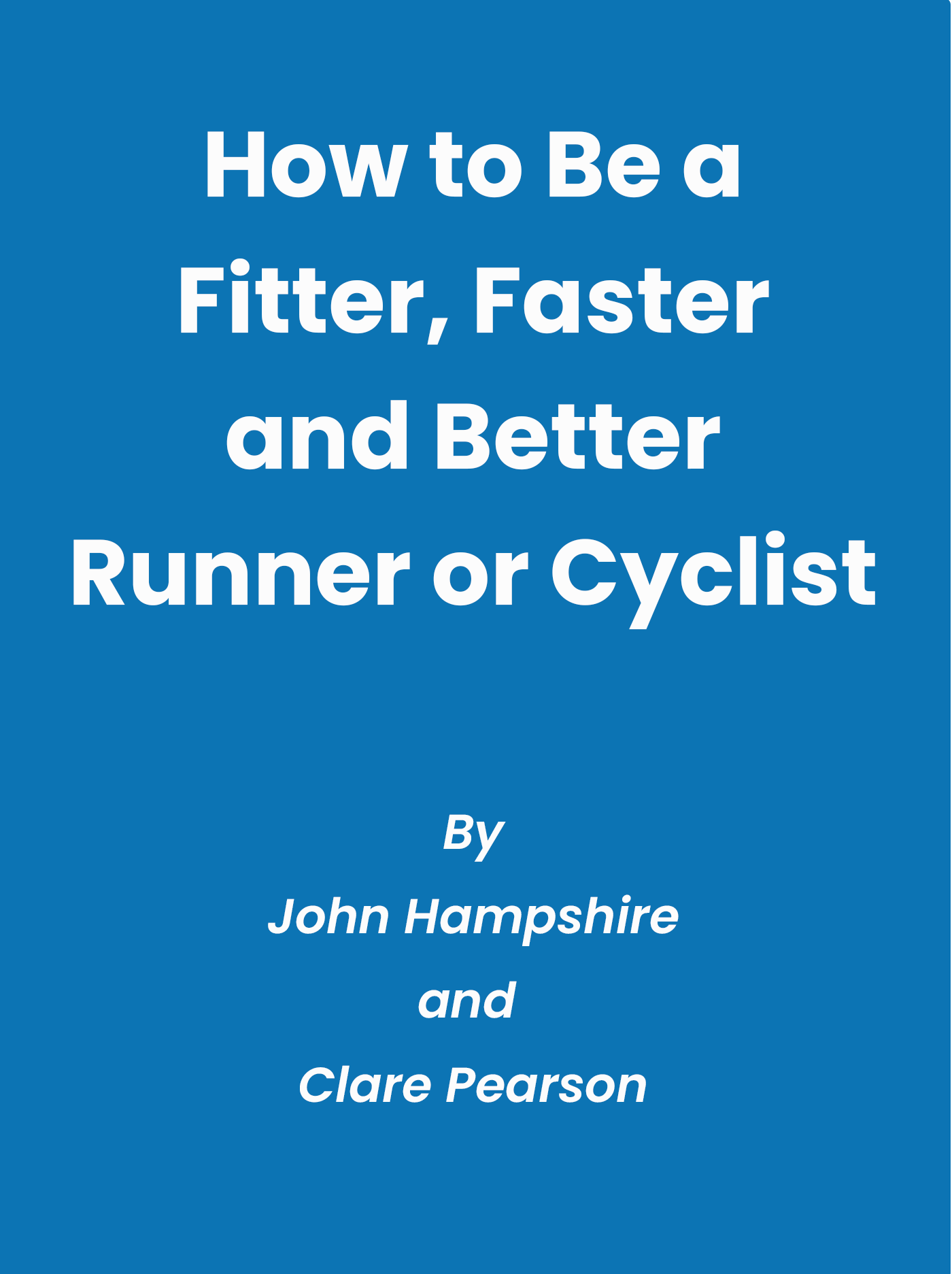Iron Deficiency in Female Athletes: Why It's Stealing Your Performance & How to Fix It

Have you ever felt like your training is going nowhere? Like you're putting in all the work but getting diminishing returns? I've seen it countless times as a coach – dedicated female athletes pushing through persistent fatigue, assuming it's just part of the grind, when in reality, they're battling an invisible opponent: iron deficiency.
This topic is personal to me. I've watched too many talented athletes struggle needlessly because this common and highly treatable condition went undiagnosed. One athlete I worked with is still suffering from fatigue and underperforming a full year after her iron deficiency was finally caught – but only after months of declining performance and frustration.
The tragedy? It's largely preventable. Let's break down what you need to know in practical, actionable terms.
What Iron Deficiency Actually Looks Like
Iron deficiency isn't just about being anemic – that's a common misconception that leaves many athletes suffering in the gray zone. Here's the real deal:
Iron deficiency progresses in stages:
- First, your iron stores (measured by ferritin) drop
- Then your body struggles to make red blood cells effectively
- Only in advanced stages does full-blown anemia develop
Here's the tricky part that trips up even many doctors: your hemoglobin (what they typically check in regular blood work) can look perfectly normal or even elevated while your ferritin is bottoming out. Your body's that good at compensating – until it can't anymore.
Iron isn't just about red blood cells. It's essential for:
- Converting food into usable energy
- Cognitive function (brain fog, anyone?)
- Immune system strength
- Temperature regulation
- Oxygen delivery to your working muscles
How Iron Deficiency Sabotages Your Athletic Performance
When your iron levels drop, even before anemia develops, here's what happens:
- Your endurance takes a nosedive
- Recovery between workouts becomes painfully slow
- That "second wind" you used to get never materializes
- Your heart rate stays elevated longer
- Workouts that used to feel manageable now crush you
- Your brain feels foggy during high-intensity efforts
- You catch every cold that comes around
Does any of that sound familiar? I can't tell you how many times I've heard athletes describe these exact symptoms while pushing through, thinking they just need to "toughen up."
Why Female Athletes Are in the Danger Zone
As a female athlete, you're facing a perfect storm of risk factors:
The female-specific challenges:
- Monthly blood loss through menstruation (that's up to 80mg of iron gone each cycle)
- Generally lower caloric intake than male counterparts
- Higher rates of restrictive eating patterns
- Hormonal contraceptive effects on iron metabolism
- Pregnancy and breastfeeding demands (if applicable)
The athlete-specific challenges:
- Iron loss through sweat (more than you'd think!)
- Foot-strike hemolysis (literally pounding red blood cells to death with each footfall)
- Training-induced inflammation blocking iron absorption
- Higher iron turnover from constant muscle repair
- Digestive issues from exercise intensity
- Altitude training dramatically increases your iron needs
Put these together, and it's no wonder so many female athletes struggle with iron deficiency. But knowledge is power – and now you can do something about it.
Your Action Plan: Preventing and Addressing Iron Deficiency
Know Your Numbers
First things first – you need data. Next time you get bloodwork:
- Specifically request ferritin testing (not just hemoglobin)
- Ask for transferrin saturation percentage
- Get your serum iron measured
- Know what optimal (not just "normal") looks like: for endurance athletes, ferritin between 30-50 μg/L is typically the sweet spot
Important note: Never supplement with iron without confirming a deficiency first! Iron overload is dangerous and, ironically, causes many of the same symptoms as deficiency. Always get tested before supplementing.
Food Strategies That Actually Work
Iron from your diet comes in two forms:
- Heme iron (from animal sources): Your body absorbs this easily
- Non-heme iron (from plant sources): Needs some help to be absorbed effectively
Best food sources:
- Lean red meat (the champion of bioavailable iron)
- Dark meat poultry
- Organ meats (if you're adventurous!)
- Oysters and clams
- Lentils and beans
- Tofu and tempeh
- Pumpkin seeds
- Dark leafy greens
- Fortified cereals
Absorption hacks:
- Pair non-heme (plant) iron with vitamin C sources – squeeze lemon on your spinach salad or eat bell peppers with your beans
- Avoid coffee and tea within an hour of iron-rich meals
- Space calcium-rich foods and supplements away from iron-rich meals
- Be cautious with whole grains around iron-rich foods – they can inhibit absorption
- Cook in cast iron pans – yes, it actually adds iron to your food!
Remember: Vitamin C only enhances non-heme iron absorption, not heme iron. So while it's great to have orange juice with your plant-based iron sources, it doesn't offer additional benefits with animal-based iron.
Smart Supplementation
If your blood work confirms low iron, here's how to supplement effectively:
Choosing supplements:
- Chelated forms like iron bisglycinate are gentler on the stomach and better absorbed (especially good for plant-based athletes)
- Traditional forms (ferrous sulfate, gluconate, fumarate) are effective but more likely to cause constipation or stomach upset
- Liquid formulations can be easier to tolerate
- Slow-release options reduce gut irritation
Timing matters:
- Take iron on an empty stomach if you can tolerate it
- If it causes discomfort, take it with a small amount of food
- Pair with vitamin C (like a small glass of orange juice)
- Avoid taking with dairy, calcium supplements, coffee, or tea
- Don't take iron right after intense workouts (inflammation temporarily blocks absorption)
In severe cases:
- Iron injections might be recommended by medical professionals for critical deficiencies
- These bypass digestive absorption issues but should only be used under medical supervision
Training Considerations
Smart training can help maintain healthy iron levels:
- If you're heading to altitude, check your iron status first and supplement if needed
- Be extra vigilant about recovery during high-volume training blocks
- Monitor your energy levels and recovery capacity as potential warning signs
- Consider periodizing nutrition to match training demands
- Pay attention to heightened iron needs during hot weather training
A Cautionary Tale
One athlete I coached had been feeling progressively more fatigued despite maintaining her usual training volume. Her doctor ran standard tests and declared everything "normal" because her hemoglobin looked fine.
What went unnoticed was her ferritin level of just 11 μg/L – well below what an athlete needs. Six months later, after continued performance declines, another test showed her ferritin had plummeted to 6 μg/L. Only then did her doctor recommend iron supplementation.
While her levels have improved since then, she's still dealing with the consequences a full year later. Her performance hasn't returned to her previous capabilities, and fatigue remains a persistent challenge.
The lesson? Don't wait until you're running on empty. Be proactive, know your numbers, and advocate for yourself.
Monitor Your Symptoms Effectively
Knowing when to get tested is critical. At Endurance Bike and Run we have developed a Traffic Light Monitoring System that helps athletes track key symptoms that might indicate iron deficiency. When combined with metrics like HRV, resting heart rate, and sleep quality, this system can be a powerful early warning tool.
The Traffic Light System helps you monitor symptoms like:
- Unusual fatigue
- Prolonged recovery time
- Unexplained breathlessness
- Exercise intolerance
- Brain fog or concentration issues
- Training response (or lack thereof)
By tracking these symptoms alongside your training data, you can identify patterns that might indicate an iron issue before it seriously impacts your performance.
Take-Home Message
Iron deficiency is incredibly common in female athletes but often flies under the radar. The performance impact starts long before anemia develops, and standard tests may not catch it unless you specifically request the right markers.
By understanding your unique risks as a female athlete, implementing dietary strategies, getting appropriate testing, and using monitoring tools like the Traffic Light System, you can prevent the performance-robbing effects of iron deficiency. And if you do need to supplement, do it smartly and under guidance.
Remember: "normal" lab values aren't the same as "optimal" for high-performing athletes. You deserve better than just getting by – you deserve to thrive.
Sign up to weekly insights via e-mail
Please share with your friends
Other articles you might like
Tags:
running, Cycle Training, Endurance Training, Coaching, ultra running, ultra-cycling, sports nutrition, fatigueJuly 24, 2025


Comments